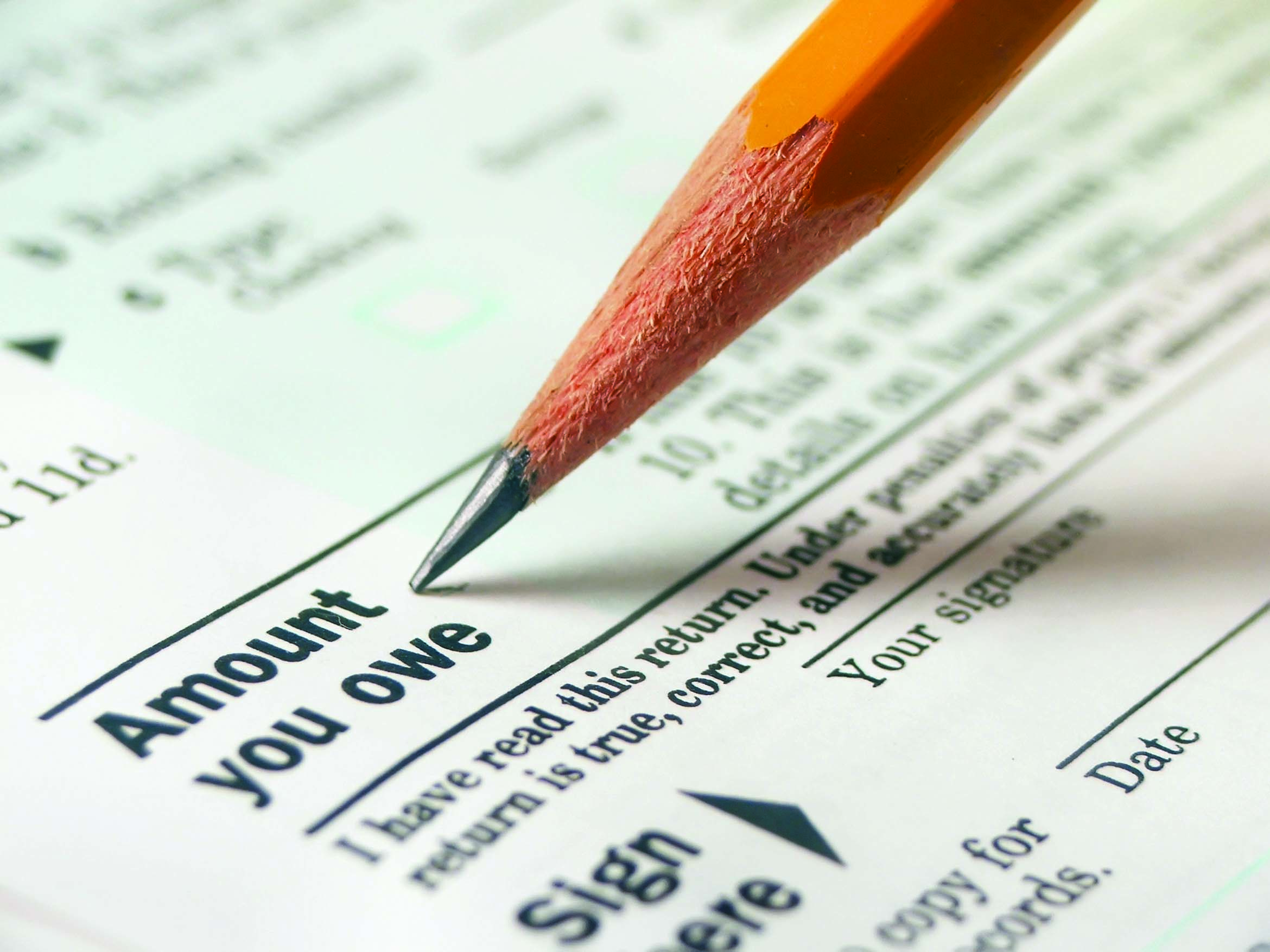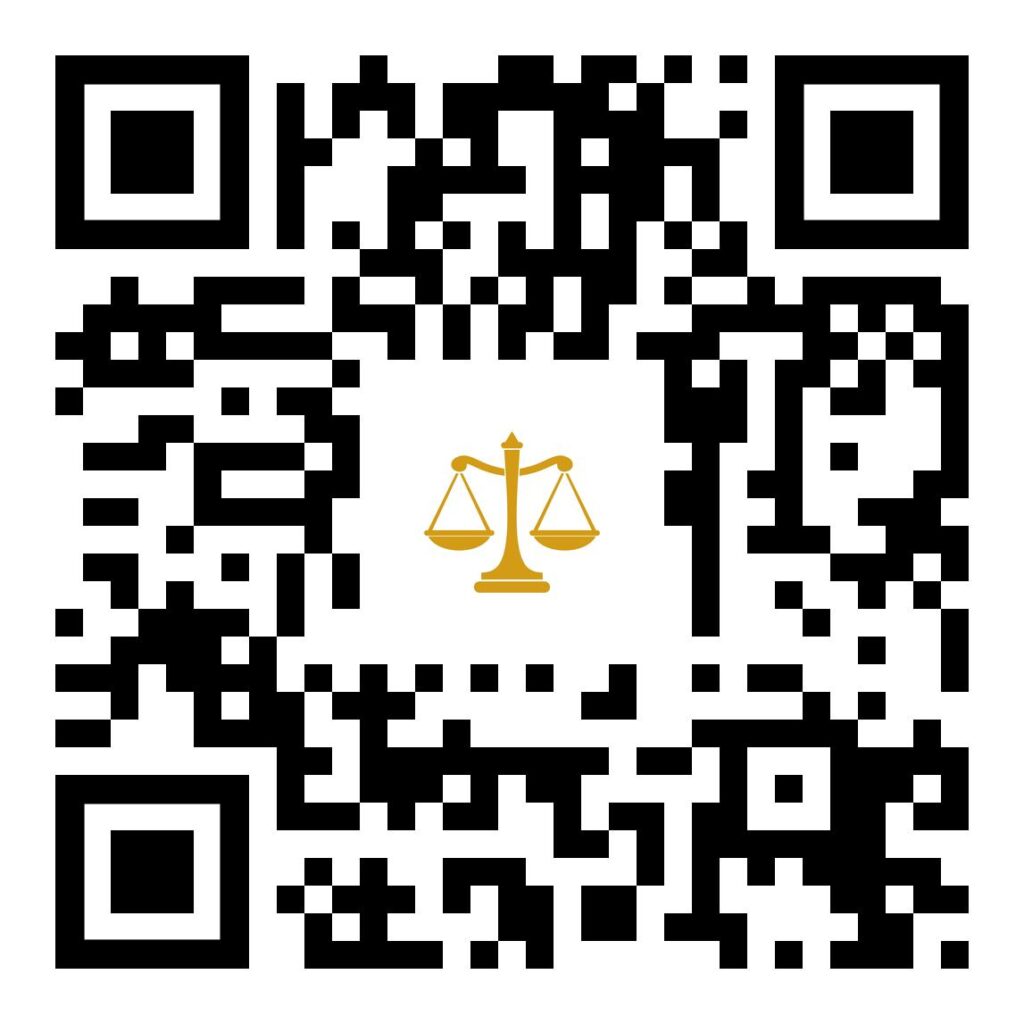Mistakes happen, and when they do you’ll have to catch up.
In the end, IRS requirements are quite simple: You must file every year that your income is greater than the standard deduction. Your tax responsibility is then based on how much you made. If we don’t pay what’s legally owed, even because of simple carelessness, back taxes must be filed.
Most often, this is required because of a simple error. A 1099 form or receipt be late-arriving, forgotten or misplaced. A line was accidentally missed when preparing your form. In any circumstance, you’ll have to make things right with Uncle Sam.
Collecting Information
So, you’ve realized an error or have been alerted to one by the IRS. The first step is collecting the needed information. Your obligation won’t expire, however, and interest and penalties can begin to pile up — so time is of the essence. Missing individual paperwork like last year’s W-2 or 1099 is typically easy to recover by contacting your employer.
For those who are further behind, however, the gathering process may become more complex. In the meantime, request a substitute from the IRS by filing Form 4852 and estimate your income. Report any additional sources of income and make a payment while you wait on the requested additional income paperwork to arrive. That may halt penalties and compound interest.
Completing New Forms
You must file using forms for the year (or years) that were missed. As with Form 4852, you can find this downloadable paperwork on the IRS website, which maintains a backlog of previous forms. You can also request them by standard mail, or through select tax-preparation software websites.
If you have additional deductions, that can serve to reduce your bill. Again, documentation is key if you plan to itemize. Either way, remember to claim the standard deduction, along with any other eligible credits including dependents during the period for which you did not file.
Things to Remember
It’s important to use the form from the corresponding year because tax laws often change, so this specific paperwork will reflect the applicable rules for that year. Using the wrong form might lead to a situation where you pay too much or too little. File the form and any supporting documentation just as you normally would, either through the mail or with e-filing software.
Should the preparation process become too complicated, or if you become worried that a new mistake might have been made along the way, consider contacting a qualified tax accountant to double-check your work. The last thing you want is another delay, since accruing interest and penalties might come into play again.




